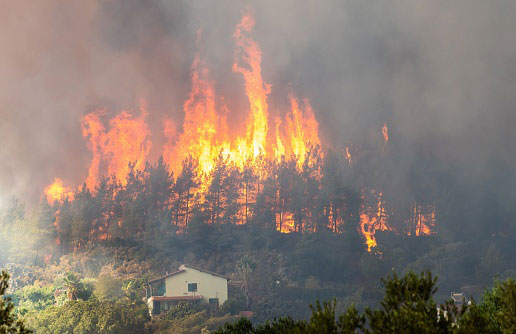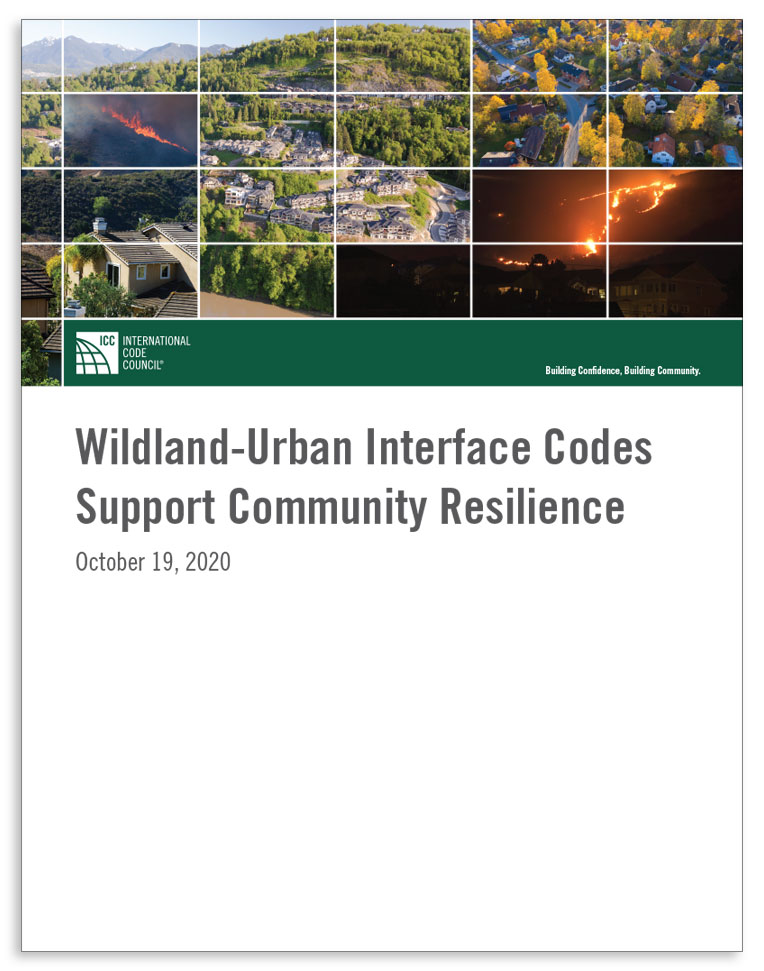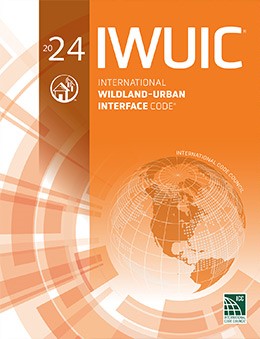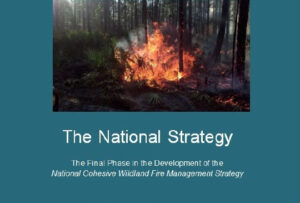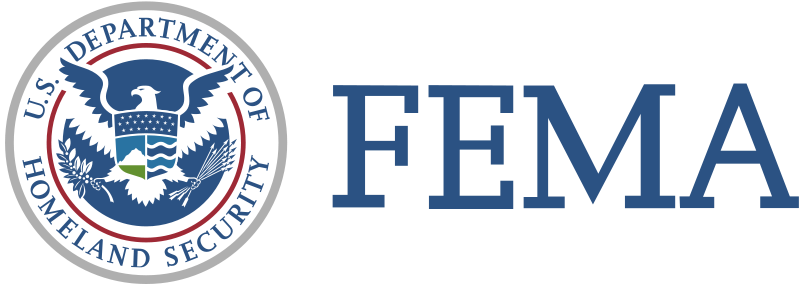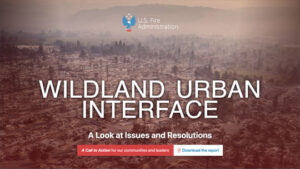
Which Areas Are Most at Risk for Wildfires?
Each year, wildfires take lives and burn countless structures, resulting in mounting costs that have enormous economic and environmental impacts on communities and businesses. The Fireline Wildfire Risk Analysis identified 45,152,000 properties, located in 13 western states, at high to extreme risk of wildfire. California has the most homes located within the WUI, followed by Texas, Florida, North Carolina and Pennsylvania. Wildfires also have devastating impacts on the environment and damage forests, rangelands, watersheds and wildlife.
Wildfires are Increasing in Frequency
Nationally, there were 64,897 wildfires reported in 2024, a 15 percent increase over 2023. Reported wildfires consumed 8,924,884 acres, which increased a staggering 231 percent compared to 2023. Over 4,500 structures were destroyed by wildfire in 2024, including over 2,400 residences.
As the wildland urban interface grows and the risk of fire in these areas increases, communities must be prepared to implement strategies that enhance their resilience, including adhering to fire resistant construction standards.
For live updates on current wildfire statistics and information, visit the National Interagency Fire Center's Statistics page.
How Communities Can Mitigate Wildfire Risk
To mitigate their risk to wildfires, communities must develop and update Community Wildfire Protection Plans to ensure the planning and implementation of resilience construction and landscapes. The new U.S. Department of Agriculture (USDA) Forest Service Cohesive Wildland Fire Management Strategy RFA 2024 will make available roughly $5 million to support the goals of the National Cohesive Wildfire Management Strategy, including development and implementation of Community Wildfire Protection Plans.
There is also funding available to support wildfire protection planning and mitigation projects through the FEMA grant programs. Engagement of wildfire planning, through Wildfire Protection Plans, should be coordinated at the community level, not just the neighborhood level to ensure safe and effective wildfire response.
Building codes are an essential strategy in mitigating risk and achieving resilience. The effective adoption, implementation and enforcement of building codes, particularly the International Wildland-Urban Interface Code® (IWUIC), supports the goal of making homes and other buildings more resistant to ignition.
According to FEMA, retrofitting structures to the IWUIC could provide as much as $8 in mitigation benefits for every $1 invested. The IWUIC addresses the specific risks to people and structures in the WUI, providing solutions to manage vegetation and fuels, protecting homes, communities and other systems at risk.
The following resources can guide community efforts to plan for and mitigate their specific risk and vulnerabilities to wildfires.


